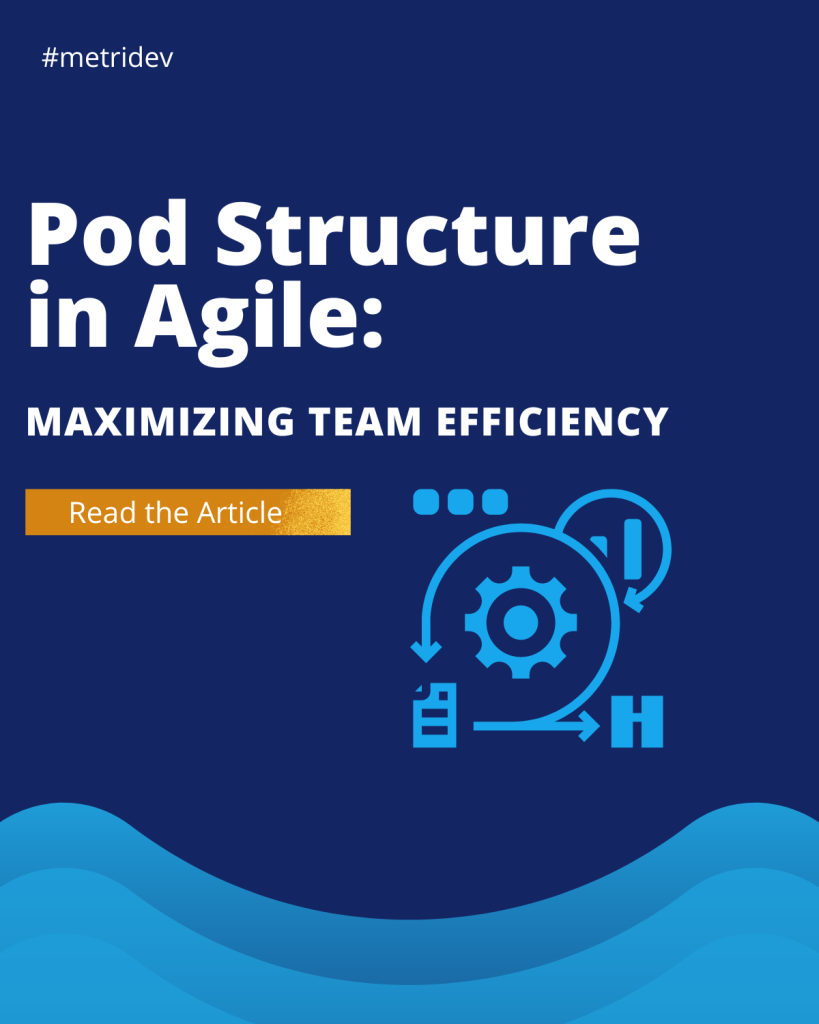Introduction to Agile methodologies
Agile methodologies have revolutionized the way software development projects are approached. Consequently, these flexible, iterative frameworks prioritize collaboration, customer feedback, and rapid adaptation to change. Two of the most prominent Agile methodologies are Kanban vs Scrum, each with its own unique characteristics and benefits. In this article, we will explore the intricacies of Kanban and Scrum, compare their advantages and disadvantages, and assist you in determining which approach best suits your team and project.
What is Kanban?
Kanban is an Agile framework that focuses on visualizing the workflow, limiting work-in-progress (WIP), and maximizing efficiency. Transitioning into its core principles, Kanban emphasizes several key aspects. Firstly, it visualizes the workflow through a Kanban board. A tool that visually represents the work process with columns like “To Do,” “In Progress,” and “Done.” Secondly, Kanban underscores the importance of limiting work-in-progress to ensure the team can concentrate on completing tasks without overwhelm. Lastly, Kanban fosters a culture of continuous improvement. Team members regularly review and optimize workflows to boost productivity and alleviate bottlenecks. These principles collectively enable teams to streamline operations and enhance project delivery in an iterative and adaptive manner.
Does Kanban have sprints?
Kanban does not have the concept of fixed-length sprints like Scrum. Instead of focusing on the continuous flow of work, Kanban pulls tasks from the backlog as they become available. This allows for greater flexibility and responsiveness to changing priorities and customer needs.
What is Scrum?
Scrum, another widely adopted Agile methodology, places emphasis on iterative development, cross-functional teamwork, and frequent feedback. Transitioning into its key elements, Scrum structures itself around several core components. Firstly, projects are divided into fixed-length iterations called sprints. These typically lasting 2-4 weeks, during which teams focus on completing a defined set of tasks. Secondly, Scrum employs a series of regular meetings. These include sprint planning, daily stand-ups, sprint reviews, and retrospectives, to facilitate effective communication and collaboration among team members. Lastly, Scrum teams are structured with distinct roles. The Product Owner, responsible for defining project requirements and priorities. The Scrum Master, who ensures the team adheres to Scrum principles and removes impediments. The Development Team, tasked with implementing the work. These elements collectively enable Scrum teams to deliver value incrementally and adaptively, fostering efficiency and responsiveness in software development projects.

What is the difference between Kanban and Scrum?
The primary difference between Kanban and Scrum lies in their approach to work management. Kanban focuses on the continuous flow of work, while Scrum is based on fixed-length sprints and a more structured project management framework.
Advantages of Kanban
- Flexibility: Kanban’s lack of sprints and emphasis on continuous workflow allows teams to respond quickly to changing priorities and also customer needs.
- Reduced work-in-progress: Kanban helps teams avoid overcommitment and maintain a sustainable pace by limiting the amount of work that can be in progress at any given time.
- Improved visibility: The Kanban board provides a clear, visual representation of the workflow, making it easier for team members to identify and address bottlenecks.
Advantages of Scrum
- Structured approach: Scrum’s well-defined roles, events, and artifacts provide a more structured framework for project management, which can be beneficial for teams new to Agile.
- Predictability: The fixed-length sprints in Scrum allow teams to better estimate and plan their work, leading to improved predictability and accountability.
- Frequent feedback: The regular Scrum events, such as sprint reviews and retrospectives, facilitate frequent feedback. Moreover, they facilitate opportunities for continuous improvement.
When to use Kanban
Teams and organizations often find Kanban a good fit if they:
- Require a high degree of flexibility and responsiveness to changing priorities
- Have a steady flow of work, with tasks that can be easily broken down and prioritized
- Prefer a more continuous, rather than iterative, approach to project management
When to use Scrum
Scrum is often a good fit for teams and organizations that:
- Benefit from a more structured project management framework
- Have complex, feature-rich projects that can be broken down into smaller, manageable chunks
- Value the regular feedback and collaboration opportunities provided by Scrum events
What are the disadvantages of Kanban vs Scrum?
Kanban Disadvantages:
- Lack of defined sprints and deadlines may lead to a lack of focus and discipline
- Continuous workflow can be challenging to manage for teams new to Agile
Scrum Disadvantages:
- The rigid structure of Scrum may not be suitable for all types of projects or teams
- The fixed-length sprints can make it difficult to accommodate unexpected changes or delays
Kanban vs Scrum: A detailed comparison
To help you better understand the differences between Kanban and Scrum, here’s a detailed comparison:
| Feature | Kanban | Scrum |
|---|---|---|
| Work Management | Continuous flow | Fixed-length sprints |
| Sprints | No sprints | 2-4 week sprints |
| Planning | Continuous planning | Sprint planning |
| Feedback | Continuous feedback | Sprint reviews |
| Roles | No defined roles | Product Owner, Scrum Master, Development Team |
| Meetings | No defined meetings | Daily stand-ups, sprint reviews, retrospectives |
| Work Visualization | Kanban board | Product backlog, sprint backlog |
| Work-in-Progress Limits | Enforced | No strict limits |
| Adaptability | Highly adaptable | Structured, less adaptable |
What is the difference between waterfall vs Agile vs Scrum?
Comparing Waterfall and Agile methodologies highlights distinct approaches to project management. Waterfall follows a linear, sequential process, emphasizing meticulous planning and comprehensive documentation, but it lacks flexibility to accommodate changes once underway. In contrast, Agile methodologies like Scrum and Kanban adopt an iterative, adaptable approach, prioritizing collaboration, customer feedback, and rapid adaptation to evolving requirements. Scrum, a specific Agile framework, employs sprints, defined roles (Product Owner, Scrum Master, Development Team), and frequent feedback loops to ensure predictability and accountability throughout project execution. It is particularly suitable for complex projects with feature-rich requirements that benefit from iterative development and the ability to break down tasks into manageable increments.
Conclusion
In the end, the choice between Kanban vs Scrum ultimately depends on the unique needs and characteristics of your team and project. Organizations that value flexibility and continuous improvement may find Kanban a better fit, while teams that thrive on structure and predictability may prefer Scrum.
Regardless of which Agile methodology you choose, the key is to remain adaptable and continuously evaluate your approach to ensure it aligns with your team’s and organization’s goals. By understanding the strengths and weaknesses of both Kanban and Scrum, you can make an informed decision and set your team up for success in the ever-evolving world of Agile project management.
If you’re struggling to determine the right Agile methodology for your team and project, consider reading our articles Lead Time in Kanban: A Key to Efficient Workflow Optimization and also Agile and Risk Management: Strategies to Drive Success.









Leave a Reply